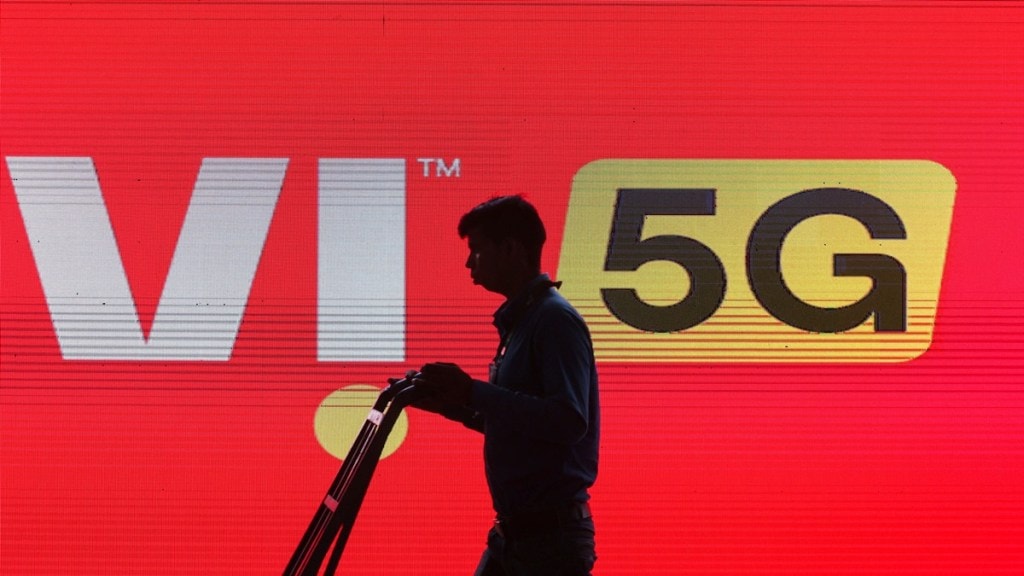Indus Towers on Wednesday said the collections from one of its largest customers Vodafone Idea has improved in the October-December quarter, and it expects the telecom operator to continue clearing its monthly bills.
In January, Vodafone Idea paid Indus Towers Rs 300 crore towards its past dues, which the company recognised in the October-December quarter. Payment by Vodafone Idea for its part past dues was in addition to its monthly bills, Indus Towers said, without naming the telecom operator.
“Collection from one of our major customers (Vodafone Idea) slightly improved in Q3 (October-December), with some collection against the past overdue,” said Prachur Sah, managing director and chief executive officer of Indus Towers during the October-December earnings call.
Sah, who also completed its first year at Indus Towers as MD & CEO in January, said, “we are working with the customer to make sure that we continuously get paid for what we are doing today and unwinding on the past dues”.
As on December 31, 2023, Vodafone Idea owes Indus Towers about Rs 5,700 crore, for which the tower company has made a provision for doubtful debts.
During the quarter, Indus Towers created an overall net provision for doubtful debt of Rs 64 crore related to Vodafone Idea, compared to Rs 130 crore in the preceding quarter. In the October-December quarter, Indus Towers’ trade receivables too fell 2.7% sequentially to Rs 6,018 crore.
Even as Indus Towers is hopeful of recovering the amount overdue from Vodafone Idea, any clearance of past dues by the telecom operator would come only when it raises funds, analysts said.
In absence of Vodafone Idea, the tower company has largely been benefitting from network rollout by Bharti Airtel, especially on the back of the telecom operator’s rural expansion plans and 5G rollout.
“Our quarterly macro sites and co-location additions increased more than five times over the same period last year. This indicates significant improvement in share in the business of our major customer (Bharti Airtel) who has been rolling out network extensively,” Sah said.
“We expect our major customer to continue with rollouts in the rural areas in the near future and we are confident of being its trusted partner for network expansion,” Sah added.
During the quarter, Indus Towers added 7,563 towers, taking total macro towers to 211,755. The company’s co-locations rose by 7,217 to 360,679. Besides, the macro towers, the company added 1,351 leaner sites, taking total leaner sites to 9,994.
On the back of healthy order book from Airtel and continued monthly collections from Vodafone Idea, Indus Towers cash flow in the October-December quarter was at Rs 870 crore compared to a negative cash flow of Rs 1,027 crore in the September quarter.
On question of moderation in capital expenditure by telcos and growth in towers, Sah said, “we currently have an order book that we are executing. We expect the order book to remain strong for the coming quarters…as of now for the next 2-3 quarters, we have not seen reduction in order book”.
Owing to higher demand for network rollout, Indus Towers’ capex rose 16% QoQ to Rs 2,653 crore in the October-December quarter. The company said any payment of dividend to shareholders in the future will depend on its free cash flows and regular payments from its customers.
Indus Towers’ tenancy ratio was at 1.7 during the October-December quarter. Tower tenancy means the number of tenants on a tower. With an increase in tenancy, tower companies are able to generate incremental revenue and Ebitda. The key driver of tower revenue growth is tenancy.
The company’s net profit rose 19% QoQ Rs 1,541 crore in the October-December quarter. Its revenue from operations rose 1% QoQ to Rs 7,199 crore.
